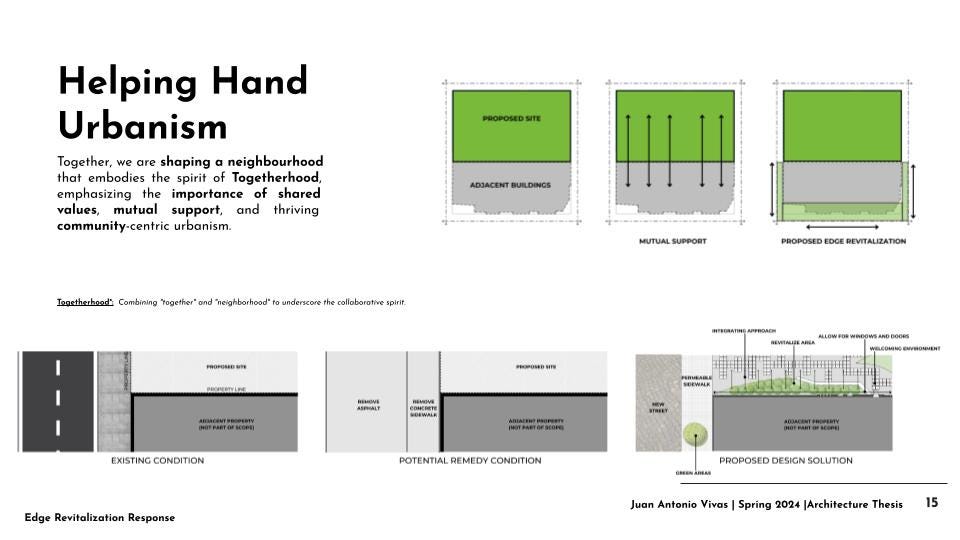Meaningful Architecture Matters
Creating Spaces that Benefit People, our Communities and the Environment
In contemporary architecture, creating spaces that are meaningful, sustainable, and budget-friendly is both a challenge and an opportunity. These goals aren't just separate ideas—they go hand in hand. When we get them right, we create something special. This is where the true art and science of architecture meet, offering huge benefits to everyone involved.
In this blog, we’ll dive into how we can mix meaningful design, sustainability, and budget to create incredible spaces. We will discuss each part’s importance, how they work together, and the positive impacts they have on our communities and the environment.

Crafting meaningful spaces
Meaningful spaces are all about making people feel good. These are places that not only work well but also make us happy and comfortable. To achieve this, Architects need to understand who will use the space and what are their needs and wants. This means thinking about culture, social life, and personal preferences in every design decision.
Sustainability makes spaces even more meaningful by focusing on respecting and protecting our environment. Using renewable energy, sustainable materials, and new building tech helps reduce our carbon footprint and creates healthier places to live and work. For example, bringing in natural light and fresh air not only cuts energy use but also makes people feel more connected to the space.
Being budget-friendly doesn’t mean cutting corners. It can actually push us to be more creative. Using strategies like value engineering, prefabrication, and modular construction, architects can build high-quality, beautiful spaces without breaking the bank. This approach ensures that resources are used efficiently, making sustainability accessible to a broader audience.
“Budget-friendliness, often seen as a constraint, can drive innovation in meaningful and sustainable design.”

Boosting Community Value
Architects who master the art of integrating these principles do more than create buildings; they add immense value to communities.
Social Cohesion 🤝 Meaningful spaces serve as gathering points where communities can come together, fostering interaction and engagement.
Think parks, community centers, and public plazas designed to bring people closer and build a sense of belonging.
Economic Growth 💵 Sustainable, budget-friendly designs can help local economies by using local materials and labor, cutting construction costs, and saving money in the long run. These savings can go back into community projects, making the area more attractive and prosperous.
Environmental Care🌲 Prioritizing sustainability means taking care of the planet for future generations. Buildings with green roofs, rainwater harvesting, and energy-efficient systems cut down on the overall ecological footprint, setting a good example for responsible development.
“Together, we are shaping a neighbourhood that embodies the spirit of Togetherhood, emphasizing the importance of shared values, mutual support, and thriving community-centric urbanism.” Juan Antonio Vivas

Togetherhood*: Combining "together" and "neighborhood" to underscore the collaborative spirit.
The Architect's Role
Architects have a unique role—they shape not just buildings but the way communities live and interact. By blending meaningful design with sustainability and cost-effectiveness, they create spaces that are more than just functional—they spark positive change.
“Architects are uniquely positioned to influence not only the physical landscape but also communities' social and environmental fabric.”
For example, reusing old buildings preserves history and cuts down on new materials, showing sustainability in action. Designing spaces that can adapt to different uses over time keeps buildings relevant and valuable, maximizing the return on investment.
Mixing meaningful design, sustainability, and budget-consciousness isn’t just a dream—it’s a practical and impactful way to approach modern architecture. Architects who embrace this synergy can create spaces that enrich lives, build stronger communities, and protect our planet.
This big-picture approach to architecture is the way forward, making sure every design choice leads to a better, more sustainable future for everyone.




